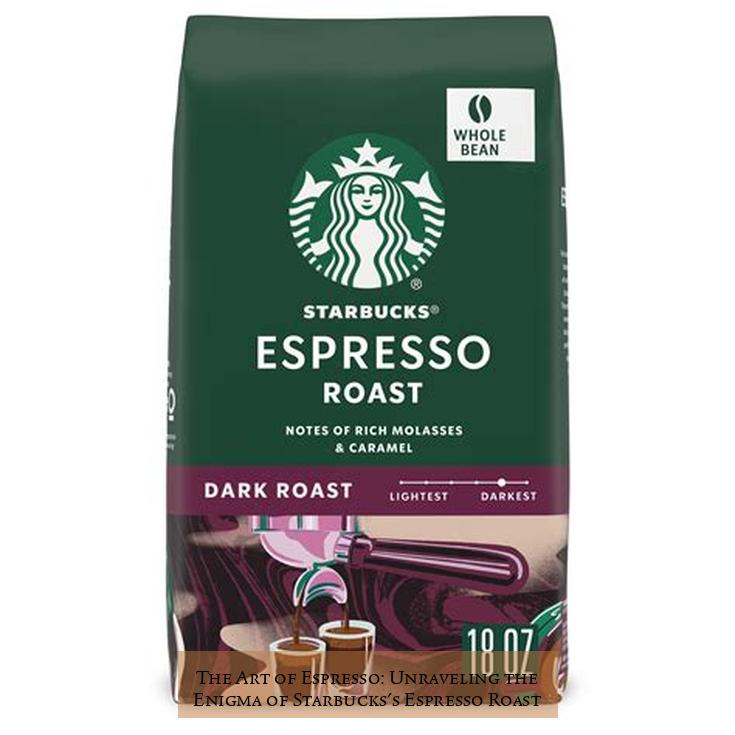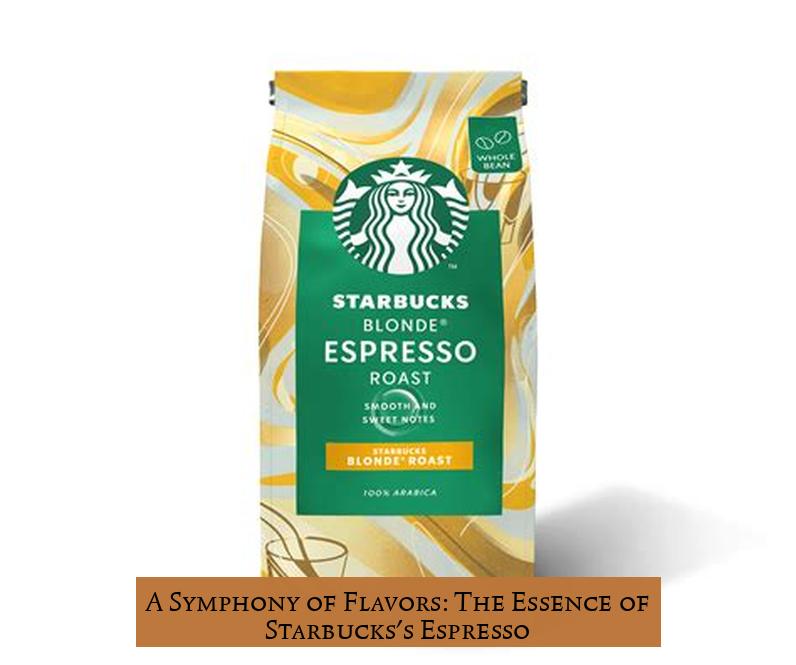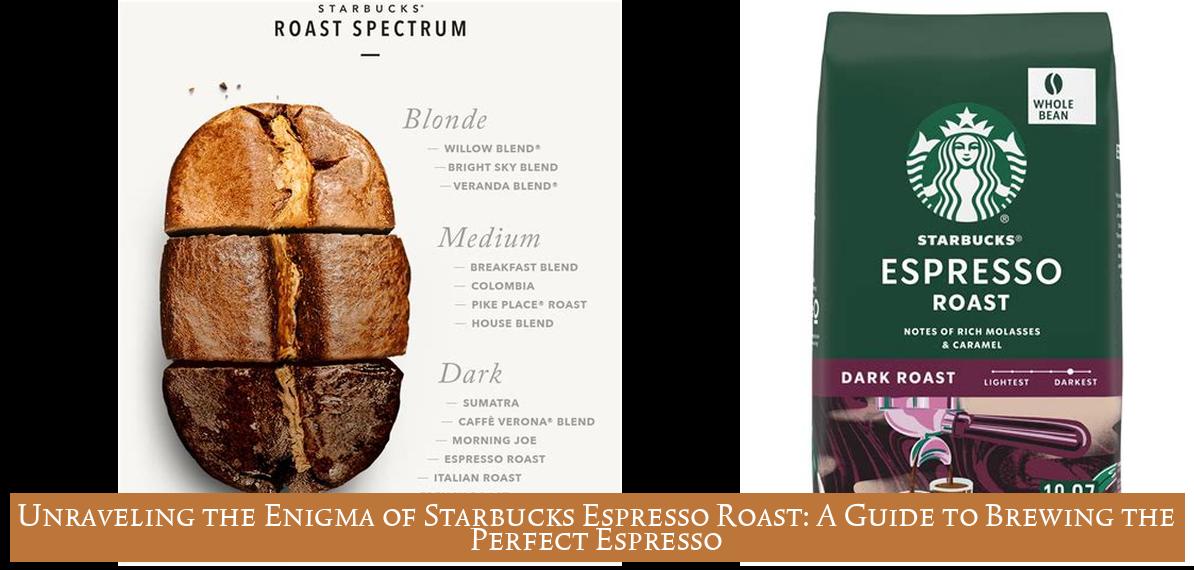Unveiling the mystery behind Starbucks’s espresso roast – the enigma that has left coffee aficionados intrigued and tantalized. Are you ready to embark on a journey into the boldness of dark roast and the symphony of flavors that define Starbucks’s espresso? Join us as we explore the spectrum of Starbucks’s roast and uncover the secrets to brewing the perfect espresso at home. Get ready to indulge in the art of espresso with our in-depth guide to Starbucks’s espresso roast.
Key Takeaways
- Starbucks espresso is a dark roast with notes of molasses and caramelized sugar, perfect for classic espresso drinks.
- Starbucks uses a blend of 100% arabica beans sourced from Latin America and Asia-Pacific for their Espresso Roast.
- The signature Starbucks espresso is roasted darker, creating an intense, bold profile and lingering finish.
- Espresso can be made from virtually any roast of coffee, but dark roasts have become popular due to their bitter flavor.
- Starbucks Espresso Roast is a blend of Latin American and Asia/Pacific coffees, known for its rich and caramelly sweetness.
- Starbucks offers a variety of roast profiles, including Blonde Roast, Medium Roast, and Dark Roast, with their Espresso Roast falling into the dark roast category.
The Art of Espresso: Unraveling the Enigma of Starbucks’s Espresso Roast

Espresso, a coffee brewing method that forces hot water through finely-ground coffee beans, has captivated coffee enthusiasts worldwide with its concentrated, rich flavor. At the heart of this brewing technique lies the choice of coffee roast, which significantly influences the espresso’s taste profile. Starbucks, a renowned coffeehouse chain, has established its own distinctive espresso roast, inviting us to explore the intricacies of its flavor and the secrets behind its creation.
The Dark Roast: A Journey into Boldness
Starbucks’s espresso roast falls under the category of dark roasts, characterized by their extended roasting time and intense flavor. This extended roasting process caramelizes the coffee beans’ natural sugars, resulting in a deep, smoky flavor with hints of molasses and caramelized sugar. Dark roasts are often preferred for espresso due to their ability to withstand the high pressure and temperature of the brewing process, delivering a robust and full-bodied shot.
A Symphony of Flavors: The Essence of Starbucks’s Espresso

Starbucks’s signature espresso blend is a harmonious fusion of 100% arabica beans sourced from Latin America and Asia-Pacific. This meticulous selection of beans contributes to the espresso’s rich and caramelly sweetness, creating a well-balanced and satisfying taste experience. The darker roasting process further enhances these flavors, intensifying the bitterness and adding a lingering finish that lingers on the palate.
— Unveiling McDonald’s McCafe Espresso: The Art of Premium Arabica Beans
Exploring the Spectrum: Starbucks’s Roast Spectrum
Beyond their signature espresso roast, Starbucks offers a diverse range of roast profiles to cater to varying taste preferences. Their Blonde Roast, characterized by its lighter roasting, highlights the coffee’s natural sweetness and produces a smoother, more approachable flavor. Medium Roasts, striking a balance between Blonde and Dark Roasts, offer a versatile taste profile that appeals to a wider audience.
Brewing the Perfect Espresso: A Guide to Home Baristas
Crafting the perfect espresso at home requires precision and attention to detail. Here’s a step-by-step guide to help you achieve café-quality espresso in the comfort of your own kitchen:
- Grind your coffee beans finely: Use a burr grinder to achieve an even grind that will extract the optimal flavor from the beans.
- Measure your coffee and water: For a single shot of espresso, use approximately 18-20 grams of finely ground coffee and 30-35 grams of water.
- Tamp the coffee: Tamp the ground coffee firmly into the portafilter to create a compact puck that will evenly distribute the water flow during extraction.
- Extract your espresso: Insert the portafilter into the espresso machine and extract the espresso for 25-30 seconds, or until you have achieved the desired volume and crema (the golden-brown foam that forms on top of the espresso).
- Enjoy your espresso: Savor the rich, full-bodied flavor of your freshly brewed espresso, experimenting with different coffee beans and roasting profiles to discover your perfect match.
What type of coffee does Starbucks use for espresso?
Starbucks uses a blend of 100% arabica beans sourced from Latin America and Asia-Pacific for their Espresso Roast. The blending of beans from varied regions results in unique flavor combinations.
What kind of roast is Starbucks signature espresso?
Starbucks signature espresso is roasted darker, creating an intense, bold profile and lingering finish. It falls into the dark roast category, known for its rich and caramelly sweetness.
Where is Starbucks espresso roast from?
Starbucks Espresso Roast is made up of a blend of 100% Arabica beans from Latin America and Asia-Pacific. It took months of experimentation and a deep love of the craft from their master roasters to bring this delicious roast to life.
What kind of roast is espresso?
Espresso can be made from virtually any roast of coffee, but dark roasts have become popular due to their bitter flavor. Starbucks Espresso Roast is a classic and time-honored dark roast with notes of molasses and caramelized sugar, perfect for classic espresso drinks.

